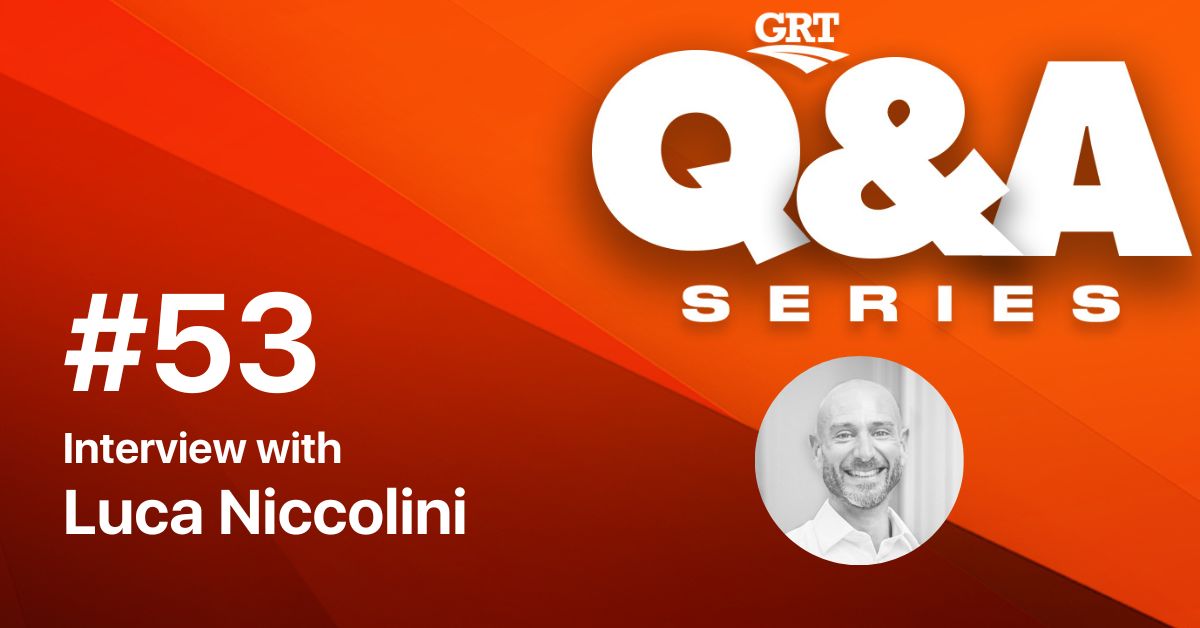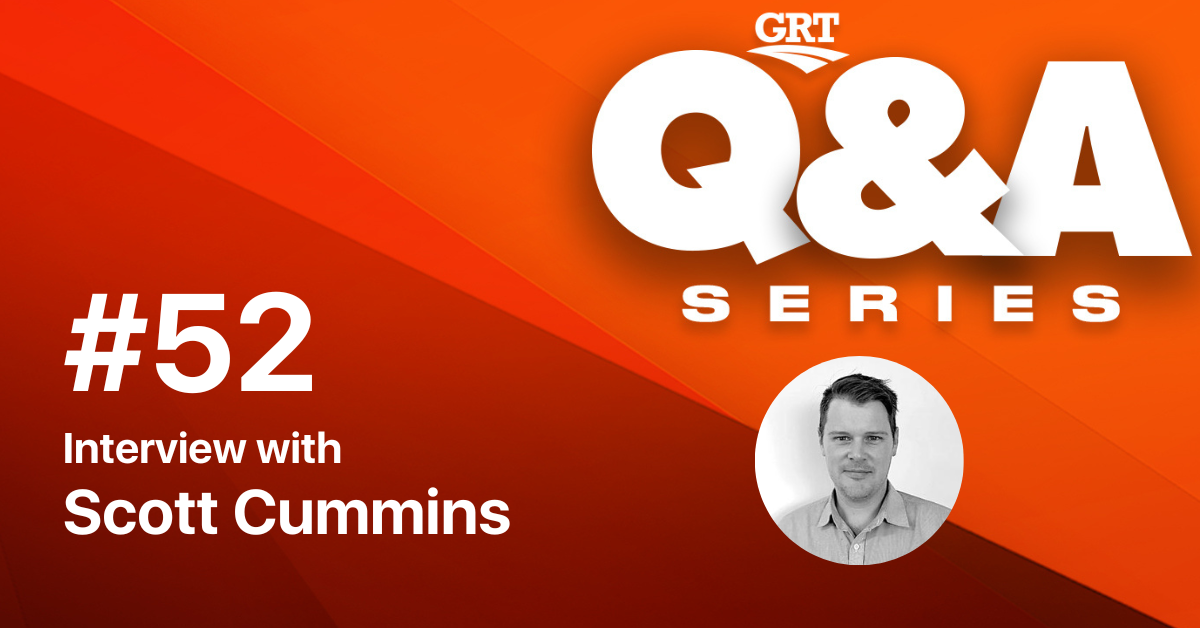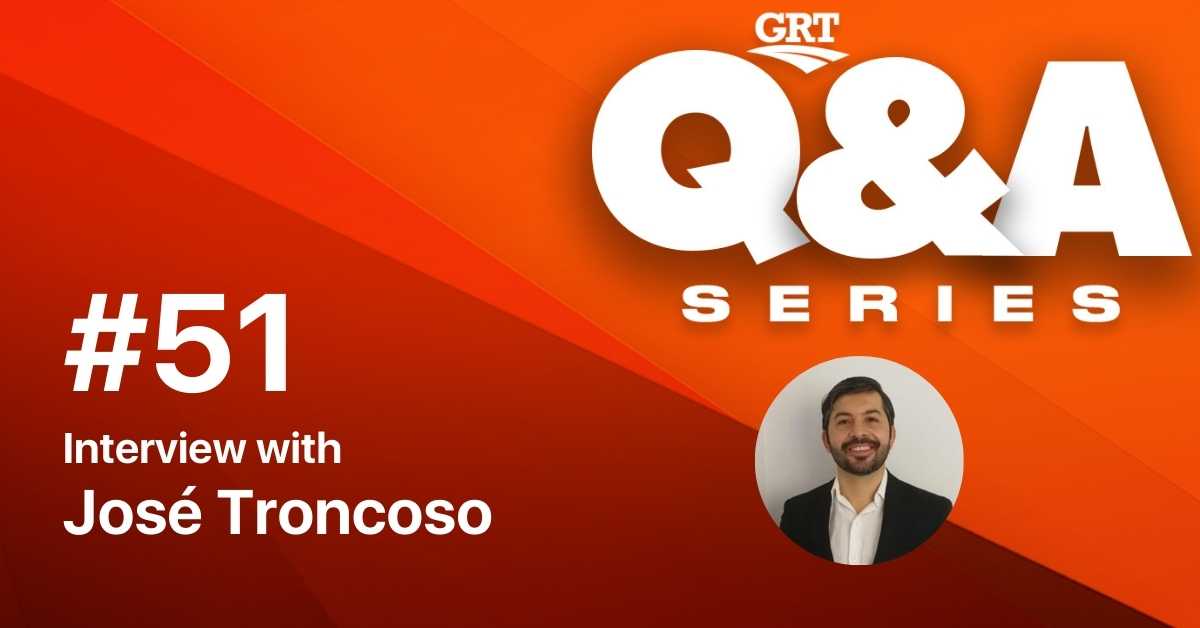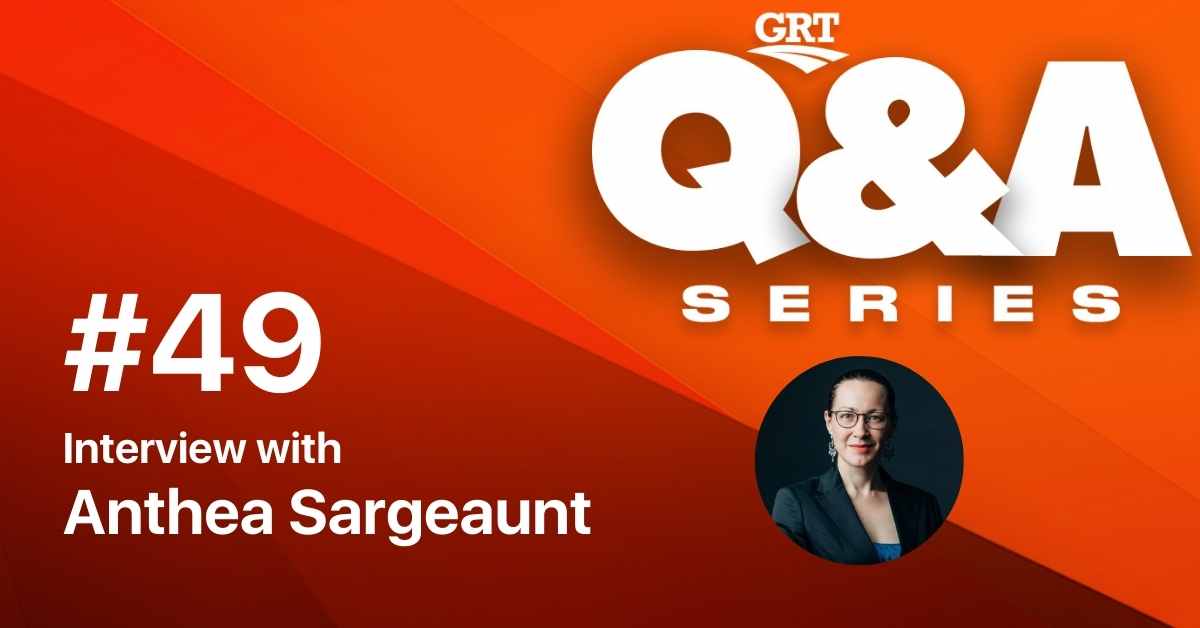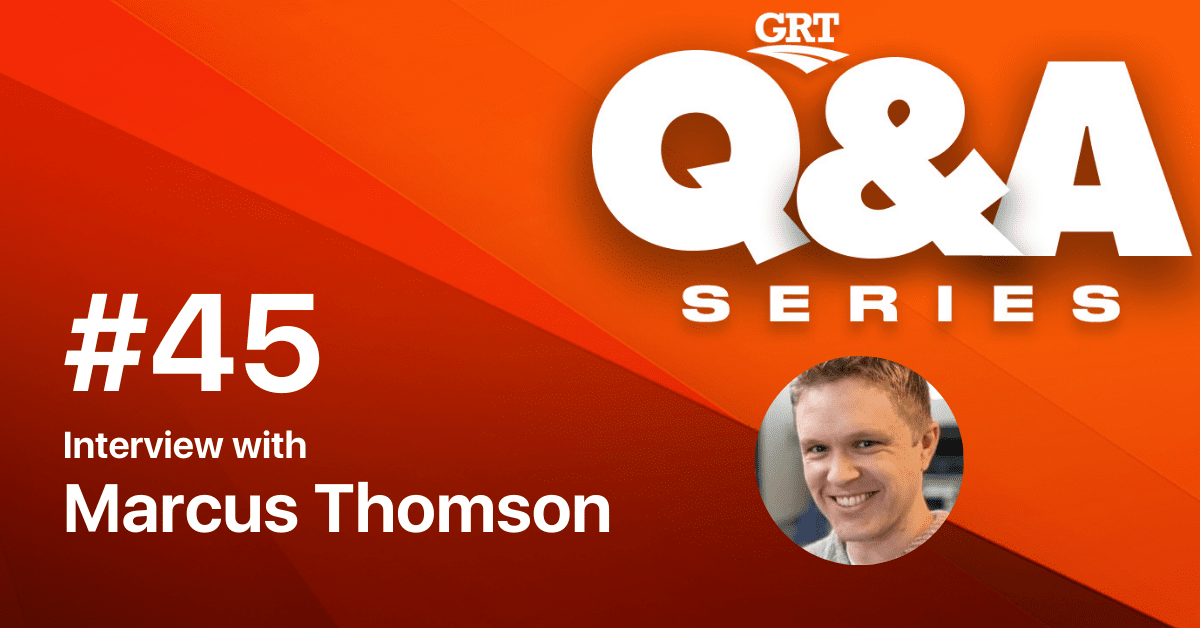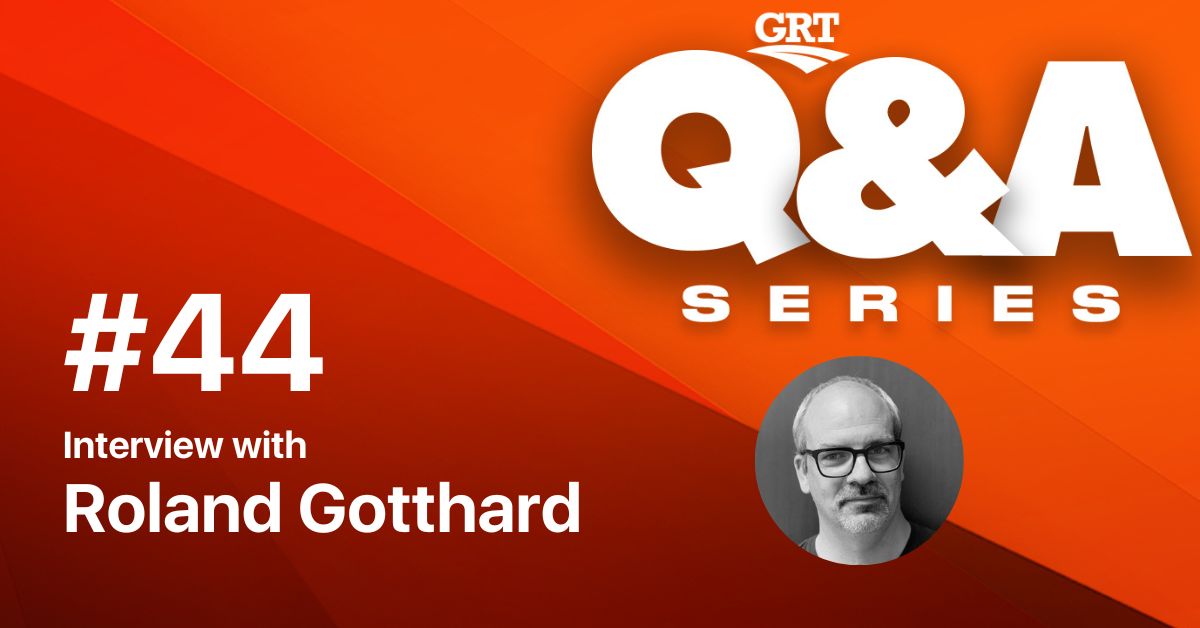Q&A series #39 : Interview with Daniel Kotton
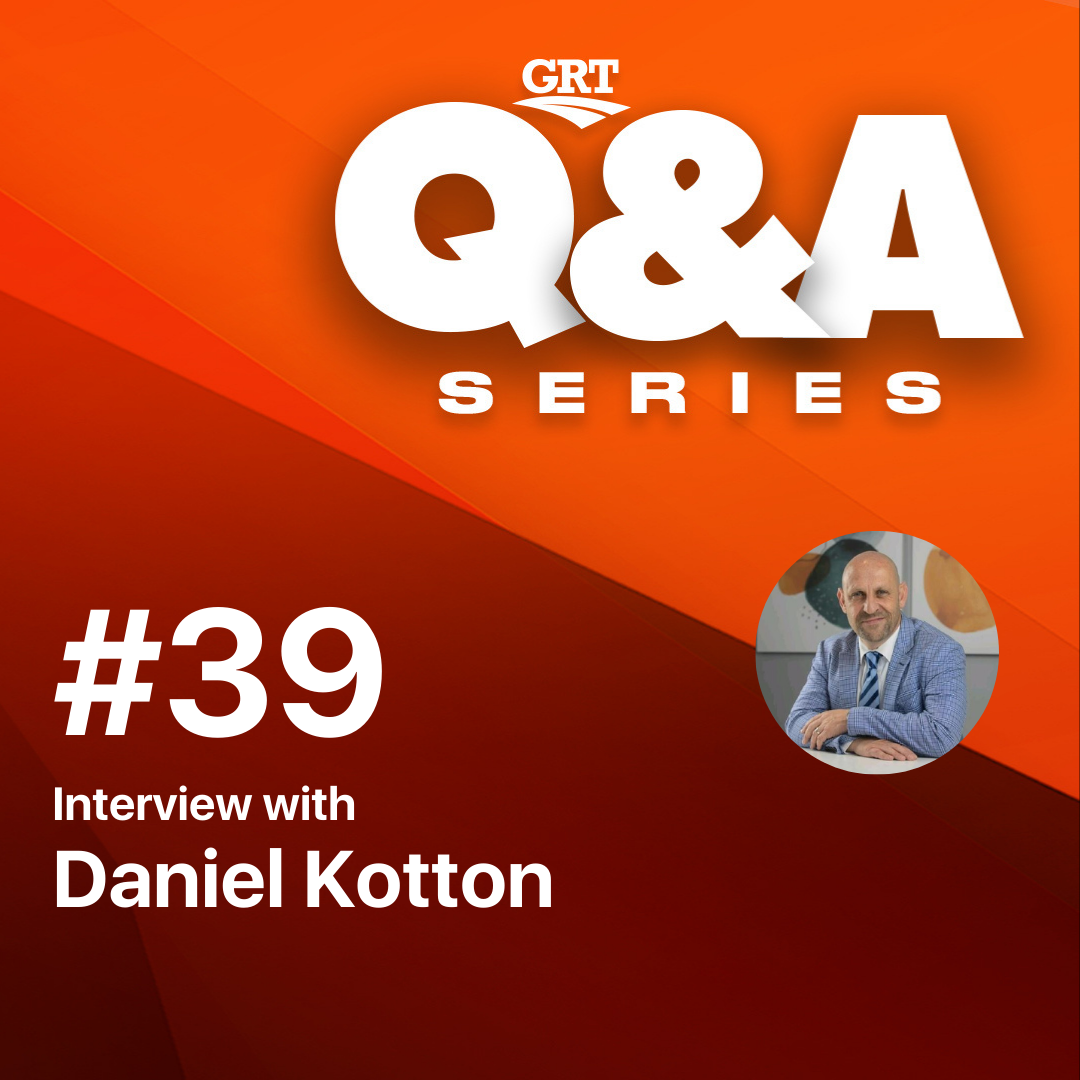
About the guest
Daniel Kotton is a psychologist by training. He spent the last 15 years in the financial and other services sectors, including the health benefits sector. His focus has been on successfully delivering, integrating and implementing complex strategic business management processes and IT workflows in various organisations. He is the former co-head of the South African Government’s Operation Phakisa workstream on the scale-up and sustainability planning for 3250 primary healthcare clinics across South Africa. Cabinet adopted these plans in 2014. He has developed strong relationships with local and international donors. Specialised in the development of funding mechanisms and systems for servicing claims. His previous included establishing operations in several African countries, including the countries outside South Africa known as labour-sending areas to the country’s mining industry.
Topic of discussion: Dust diseases compensation for mine workers in Southern Africa.
The legacy of dust diseases in the mining industry is documented extensively. Silicosis and work-related tuberculosis (TB) are amongst some of these Stone Age dust diseases causing 21st century problems.
The presence of silica particles in the lung and silicosis may facilitate initiation of tuberculous infection and progression to active TB, and exacerbate the course and outcome of TB, including prognosis and survival.
The Tshiamiso Trust has been established to implement and fulfil the terms of the historic silicosis and TB class action settlement agreement that was reached on 3 May 2018 and approved by a full bench of the South Gauteng High Court on 26 July 2019. After a three month opt out period the settlement agreement became effective on 10 December 2019.
The settlement agreement provides meaningful compensation to eligible mineworkers across Southern Africa who carried out risk work during the qualifying period at any of the qualifying mines listed in the settlement agreement, and have contracted silicosis or work-related TB, or their dependants where the gold mineworker has passed away.
Claims date back to 1965, with mineworkers who carried out risk work at the relevant mines up to December 10, 2019 potentially able to claim. Processes are also in place for the beneficiaries and descendants of deceased miners to lodge claims.
In this GRT Q&A Series, we had the opportunity to speak to Daniel Kotton, the CEO of Tshiamiso Trust. Our conversation focused on dust diseases compensation for mine workers in Southern Africa. He is based in Johannesburg, Gauteng, South Africa.
Q1) A warm welcome to the GRT Q&A Series. It’s a pleasure and honour to have you with us Daniel. Can you kindly tell us more about the origins of Tshiamiso Trust, its mandate and what your role as CEO entails?
Thank you for this opportunity.
The Trust was established to carry out the settlement agreement terms reached between six mining companies and claimant attorneys in the historic silicosis and TB class action (https://www.tshiamisotrust.com/). It is mandated to disburse the funds as part of the settlement agreement. The settlement amount was about R5Billion and will be paid for about 10 to 12 years from the date the Trust was established.
The Trust is responsible for compensating all eligible current and former mineworkers across Southern Africa (SADC) with silicosis or work-related TB (or their dependants where the mineworker has passed away). These beneficiaries are front and centre in all that the Trust does.
My role as CEO is to oversee the organisation’s functions and employees; it is my responsibility to enable the organisation to fulfil its vision by ensuring that we have working systems and adequate resources for staff to serve our claimants and stakeholders effectively and efficiently. I lead and maintain strategic relationships with our stakeholders at all levels and the Board of Trustees.
Q2) From your experiences to date, what is the ‘legacy’ of silicosis and work-related TB across Southern Africa? How unforgiving is this ‘legacy’ to mineworkers and their loved ones?
Many mineworkers, particularly those who worked in gold mines, were affected by these diseases. Families have lost income, and some have passed away due to TB and silicosis, and this has left families and their dependents destitute. The Tshiamiso Trust will pay out to all eligible claimants who meet the qualifying criteria as set out in the Trust Deed.
Q3) Effective awareness comes with understanding what is being communicated. What are you doing to drive awareness of compensation in eligible claimants’ home languages?
Through its Stakeholder and Communications function, the Trust is actively in consultations/ collaborations with its key stakeholders that serve as a vehicle for disseminating information to the people on the ground. We engage all relevant government departments, civil society organizations, mineworkers’ associations, media and engage in awareness campaigns in local languages. The Trust also ensures that key documents that are essential to an understanding of the claims’ process are translated to local languages.
Q4) Silica dust is a silent killer! Unfortunately, mining is not the only industry that generates silica dust in its operations. What message do you have for other industries that are at risk of exposing workers to silica dust?
Companies should invest comprehensively in addressing dust as a dangerous occupational health hazard in workplaces; this includes controlling and limiting dust liberation at the source, ensuring Personal Protective Equipment (PPE) is available, and regularly educating its employees about safety measures and precautions.
Q5) What are some of the challenges you have faced since you began accepting claims on 20 February 2021? What have you done to overcome these challenges?
When we started, the Trust had no infrastructure or systems in place; we had to start from scratch and have been upgrading our system as our claimant’s lodgements are growing in numbers. We are aware that we are servicing an aging and sickly population; therefore, we endeavour to process claims as quickly as possible, given the additional challenges of retrieving records from archived files dating back decades ago. Notwithstanding these challenges, we have made good progress. To date, we have 50 operational lodgement sites across the SADC region, have received 83 790 lodgements, 36 606 Benefits Medical Examinations, and have paid a total of R383m to 4301 claimants as at 30 April 2022.
Q6) Your work as Tshiamiso Trust is embedded in the word ‘Tshiamiso’ which means ‘to make good’ or ‘to correct’. What are your core values as an organization and how do these core values translate to the everyday work that you do?
Our values are:
Compassion and Care – We are compassionate and caring in all engagements with our claimants; we make our claimants feel important and ensure that their voices are heard; this is evident in the manner we serve and attend to their voiced and silent concerns and queries.
Integrity – We operate most transparently and honestly; our stakeholders have full access to the Trust and are at liberty to engage with us on any issue concerning our processes.
Dignity and Respect– We treat all our stakeholders and claimants with utmost dignity and respect. This practice starts at our top level and filters down to our call centre personnel, who service our claimants telephonically daily.
Competence– We carry out our role effectively and efficiently in accordance with the settlement agreement and court order; in everything that we do, we are guided by the Trust Deed on how we should fulfil our mandate.
Q7) Looking into the future! The Tshiamiso Trust is expected to be operational for the next 12 years. What are the successes to date and what can we expect from the Trust within this timeframe?
To date we have made payments of over R380million in the space of a year; this shows that we are heading in the right direction as an organisation. The Trust’s footprint will grow further over the years as we have established healthy relationships with the governments in SADC countries and key stakeholders. In the remaining ten years of the Trust’s existence, we would have reached the estimated 1.6million potential claimants. As a legacy trust, we intend to change people’s lives for the better and that’s what we would want to be remembered for.
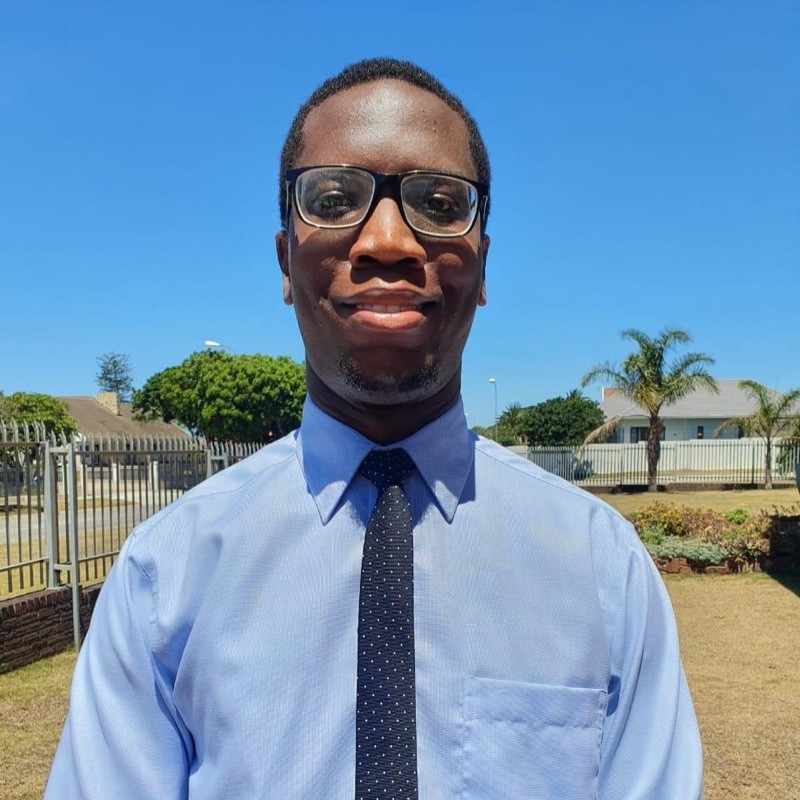
Keith Nare
Technical Head of Communications for GRT, Keith leads GRT's content strategy across various platforms, whilst coordinating internally to build the voice and opinions of the GRT team. Keith is a product of Nelson Mandela University and his PhD work focuses on Polymer and Physical Chemistry. He was a Research Associate at SANRAL in South Africa and later spent time as a Visiting Research Associate to NTEC at the University of Nottingham in the UK. He is a former Director of Communications for CALROBO in the USA.
Keith is passionate and enthusiastic about health and safety, sustainability, networking and finding synergy through conversations.
Related Interviews
MORE INDUSTRY ARTICLES
Nothing found.
